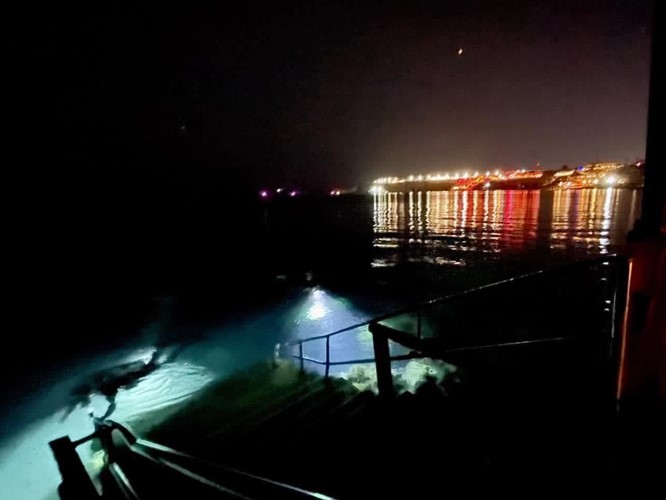Night Diving

Night diving can be an exciting and unique experience, as it offers the opportunity to witness marine life that is not visible during the day. During a night dive, you can see a variety of things, depending on the location and the depth of the dive.
Some of the things you may see during a night dive include bio-luminescent plankton, which can create a sparkling effect in the water; nocturnal fish and creatures, such as 🐙 octopus, crabs, lobsters, and eels, that are more active at night; and different species of coral and sponges that may look different under artificial light. 🔦
You may also observe the behavior of marine animals at night, such as hunting and feeding patterns, courtship displays, or simply resting and sleeping. Additionally, night diving can reveal different colors and textures that are not visible during the day, as the artificial light used during the dive illuminates the underwater environment in a unique way.
Reef fish and crustaceans exhibit a variety of nocturnal habits, which are often related to their feeding, reproductive, and protective behaviors. Here are some examples:
1. Feeding: Many reef fish and crustaceans are nocturnal feeders, meaning that they forage for food at night. This is particularly true for predatory species that hunt for prey under the cover of darkness. Some species, such as moray eels, have specialized adaptations that allow them to detect prey in low-light conditions.
2. Reproduction: Some reef fish and crustaceans engage in nocturnal courtship and spawning behaviors. For example, some species of coral reef fish, such as groupers and snappers, gather in large groups at specific locations on the reef to spawn at night. Similarly, some species of crustaceans, such as lobsters, mate and lay their eggs at night.
3. Protection: Many reef fish and crustaceans have evolved nocturnal behaviors as a means of avoiding predators. For example, some species of damsel fish retreat to crevices and coral heads at night to avoid being eaten by larger fish. Similarly, some species of shrimp and crabs are primarily active at night to avoid being detected by predators during the day.
4. Resting: Some reef fish and crustaceans are primarily nocturnal simply because they rest during the day. For example, some species of parrot fish sleep in crevices or under ledges during the night and become active during the day to forage for food.
Overall, the nocturnal habits of reef fish and crustaceans are incredibly diverse and varied, reflecting the complex ecological dynamics of coral reef ecosystems.
Come and join us at Ras Um Sid for nightdives. Just ask at the dive centre counter.


